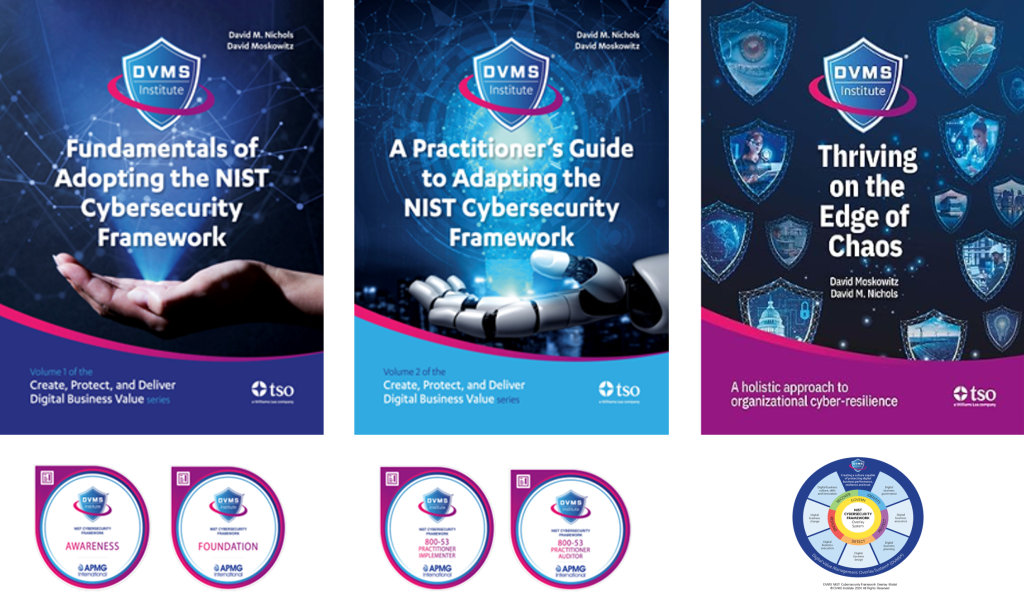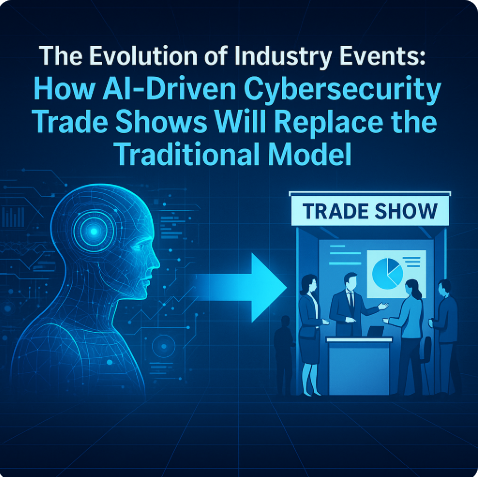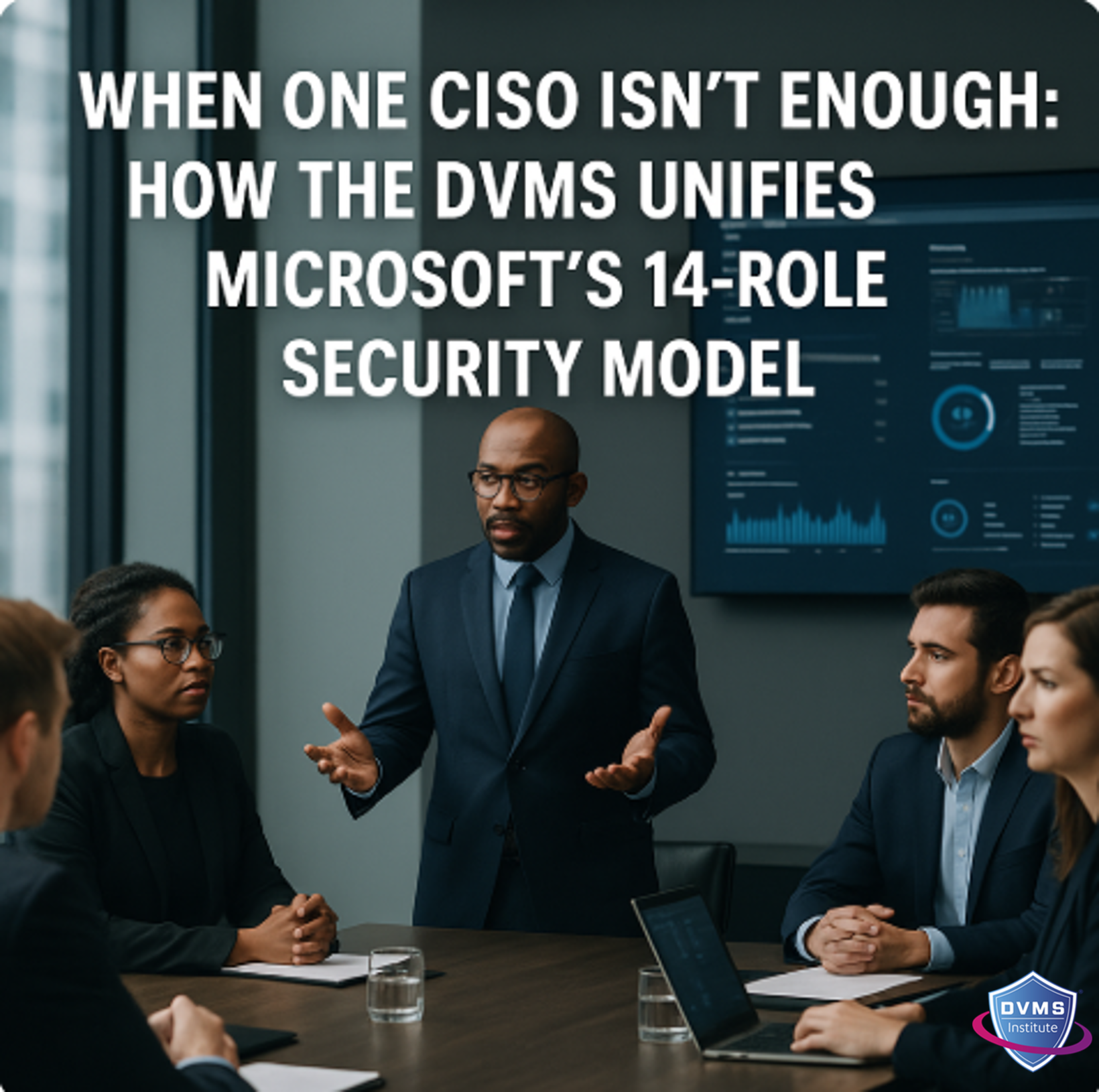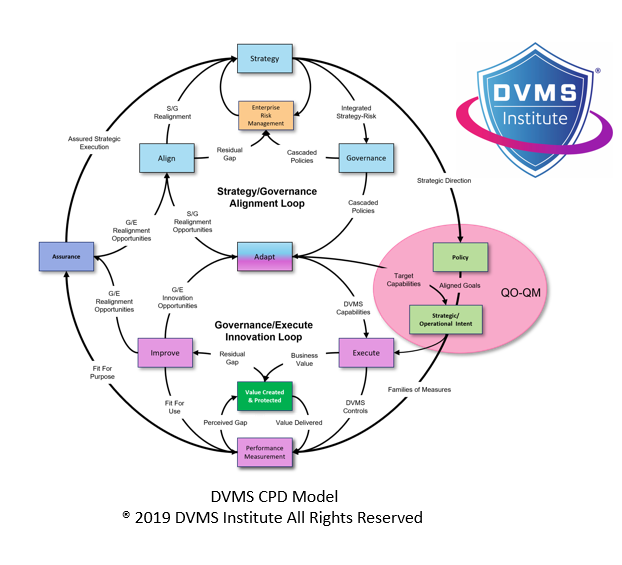The Evolution of Cybersecurity Industry Events: How AI-Driven Trade Shows Will Replace the Traditional Model
Rick Lemieux – Co-Founder and Chief Product Officer of the DVMS Institute
Introduction: A Stale Model in a Disrupted World
The traditional trade show model—marked by cavernous convention halls, costly booths, travel-heavy schedules, and lengthy lead times—is beginning to show its age. In industries like cybersecurity, where threats evolve in real time and response windows are shrinking, the conventional trade show format increasingly feels out of sync. Security leaders need instantaneous insights, adaptive solutions, and meaningful engagement—not rehearsed product pitches and generic conference sessions. Enter AI-driven trade shows: a transformative alternative that promises to replace the outdated status quo with dynamic, intelligent, and hyper-personalized experiences.
The Inherent Limits of Traditional Cybersecurity Trade Shows
While the traditional trade show has historically served as a hub for networking and product discovery, its structure now poses more limitations than advantages. For one, the logistics are burdensome. Organizations spend tens of thousands—if not hundreds of thousands—of dollars on travel, booth design, marketing materials, and staff deployment, all for a few days of exposure that may or may not yield high-quality leads. Moreover, the format is static: pre-selected keynotes and sessions, rigid booth schedules, and constrained audience targeting. This model increasingly seems antiquated in cybersecurity, a field defined by speed, agility, and intelligence.
AI: A New Era of Intelligent Engagement
AI is redefining how industries operate, and trade shows are no exception. AI-driven cybersecurity trade shows use machine learning algorithms, behavioral analytics, and real-time data processing to curate a bespoke event experience for every attendee. Instead of wandering a show floor or sitting through irrelevant panels, participants receive AI-curated agendas based on their roles, threat landscapes, and organizational priorities. For vendors, AI provides dynamic matching with buyers whose needs align with their solutions—no more scanning badges and guessing interest levels. This creates more focused, measurable, and mutually beneficial interactions.
From Physical Booths to Virtual Intelligence Hubs
Traditional booths are a passive experience, often staffed by salespeople reading from the same script regardless of who approaches. AI-driven platforms replace this with interactive, content-rich digital hubs that adapt quickly. Imagine a cybersecurity vendor’s virtual “booth” that adjusts its demos, case studies, and technical deep dives depending on whether the visitor is a CISO, SOC analyst, or procurement officer. AI can track visitor behavior, ask adaptive questions, and serve relevant material—much like a skilled salesperson, but scalable to thousands simultaneously and available 24/7.
Hyper-Personalization at Scale
Perhaps the most significant disruption AI offers is hyper-personalization. Traditional trade shows take a one-size-fits-all approach, resulting in missed opportunities and wasted time. AI-driven platforms, by contrast, learn from each participant’s behavior across time: the kinds of content they engage with, companies they follow, roles they’ve held, regions they operate in, and the specific cybersecurity challenges they face. This allows for a curated content journey, including pre-event briefings, in-event navigation, and post-event follow-ups tailored to individual and organizational needs. This also means more actionable data and higher conversion rates for vendors and hosts.
Data-Driven Insights for Better Decision-Making
Trade shows have always promised insights, but AI delivers them with greater precision and relevance. Instead of generalized industry forecasts, AI-powered events can surface aggregated threat intelligence trends based on real-time attendee input and behavior. For example, if hundreds of CISOs attending a virtual trade show are all watching sessions on ransomware mitigation or zero-trust architecture, that trend signals a meaningful shift in market demand. AI can aggregate, anonymize, and present this information to organizers and vendors, allowing for rapid marketing, product development, and policymaking response.
Democratizing Access and Reducing Environmental Impact
Another advantage of AI-driven cybersecurity trade shows is their accessibility. Traditional events favor organizations with the most significant budgets and global reach. AI-powered platforms level the playing field, allowing small and mid-sized companies and participants from emerging markets to engage meaningfully without travel or high costs. This democratization fosters a broader exchange of ideas and innovations, enriching the cybersecurity community. Additionally, the reduced reliance on physical infrastructure leads to a significantly smaller carbon footprint—an increasingly important factor in a world focused on sustainability and ESG compliance.
Security Built In: Safer by Design
Ironically, traditional cybersecurity trade shows often ignore their core subject—security. Laptops are left unattended, USBs are exchanged freely, and attendee data is frequently stored and transmitted insecurely. AI-driven platforms, by contrast, are designed from the ground up with security in mind. They use behavior-based authentication, end-to-end encryption, and adaptive access controls. AI also monitors for real-time anomalies—flagging suspicious logins, unusual content access, or data exfiltration attempts. This allows for safer events and provides a living example of cybersecurity best practices in action.
Enabling Continuous Engagement and Learning
One of the most significant drawbacks of physical trade shows is their temporal limitation. The momentum dies once the booths are dismantled and the delegates fly home. AI-powered platforms turn one-time events into continuous learning environments. Attendees can revisit sessions, explore new content, and even network asynchronously with other participants through AI-curated recommendations. Vendors can run year-round campaigns based on evolving threat trends and visitor interests. This constant feedback loop creates a living ecosystem of knowledge and interaction, rather than a static event that fades from memory.
Challenges and the Path Forward
Of course, the transition from traditional to AI-driven trade shows is not without challenges. Concerns about data privacy, overreliance on algorithms, and digital fatigue exist. However, these can be mitigated through transparent data policies, hybrid event models, and thoughtful interface design. Significantly, the success of AI-driven trade shows depends on trust—trust in the platform, the algorithms, and the intent of the organizers. This places an onus on event providers to prioritize ethics, inclusivity, and user empowerment in their design choices.
Conclusion: The Inevitable Future
In cybersecurity—a domain characterized by rapid evolution, constant learning, and intelligent response—the traditional trade show model is no longer fit. AI-driven cybersecurity trade shows represent a more personalized, scalable, data-driven, secure, and sustainable future. They offer a richer, more efficient experience for attendees and a higher return on investment for vendors. As global threats grow more complex and real-time insight becomes mission-critical, the move toward intelligent, AI-powered engagement isn’t just preferable—it’s inevitable. The trade show of the future isn’t in a convention center. It’s in the cloud, powered by algorithms, designed for outcomes, and built for resilience.
About the Author

Rick Lemieux
Co-Founder and Chief Product Officer of the DVMS Institute
Rick has 40+ years of passion and experience creating solutions to give organizations a competitive edge in their service markets. In 2015, Rick was identified as one of the top five IT Entrepreneurs in the State of Rhode Island by the TECH 10 awards for developing innovative training and mentoring solutions for boards, senior executives, and operational stakeholders.
In today’s digitally driven economy, cyber disruptions are no longer an “if” but a “when.”
The DVMS Institute’s Certified Training Programs teach organizations the skills to build a Holistic and Culture-Aligned Overlay System capable of coordinating Adaptive, Governance, Resilience and Assurance (GRA) actions across a Complex Digital Ecosystem.
Achieving true cyber operational resilience requires seamless alignment between organizational Strategy, Governance, and Operations, underpinned by a culture dedicated to sustaining and continuously innovating the Creation, Protection And Delivery of organizational digital value.

The DVMS positions cyber resilience as a strategic, enterprise-wide capability powered by the Institute’s CPD, Z-X, and 3D Knowledge models.
This systems-based approach to cyber operational resilience demands active engagement from all members of the Digital Ecosystem, with each member playing a distinct role in proactively identifying and mitigating the systemic risks that threaten digital business operations.
This forward-looking approach to adaptive Governance, Resilience, and Assurance (GRA) positions businesses to:
- Maintain Operational Stability Amidst Constant Digital Disruption
- Drive Agility and Trust Across Your Digital Ecosystem
- Satisfy Critical Regulatory and Certification Requirements
- Leverage Cyber Resilience as a Competitive Advantage
DVMS Explainer Videos
- Architecture Video: David Moskowitz explains the DVMS System
- Case Study Video: Dr. Joseph Baugh Shares His DVMS Story.
- Overlay Model – What is an Overlay Model
- ZX Model – The MVC’s that power operational resilience
- CPD Model – Adaptable governance and assurance
- 3D Knowledge Model – Enabling holistic organizational learning
- FastTrack Model – A phased approach to cyber resilience
Digital Value Management System® is a registered trademark of the DVMS Institute LLC.
® DVMS Institute 2025 All Rights Reserved




